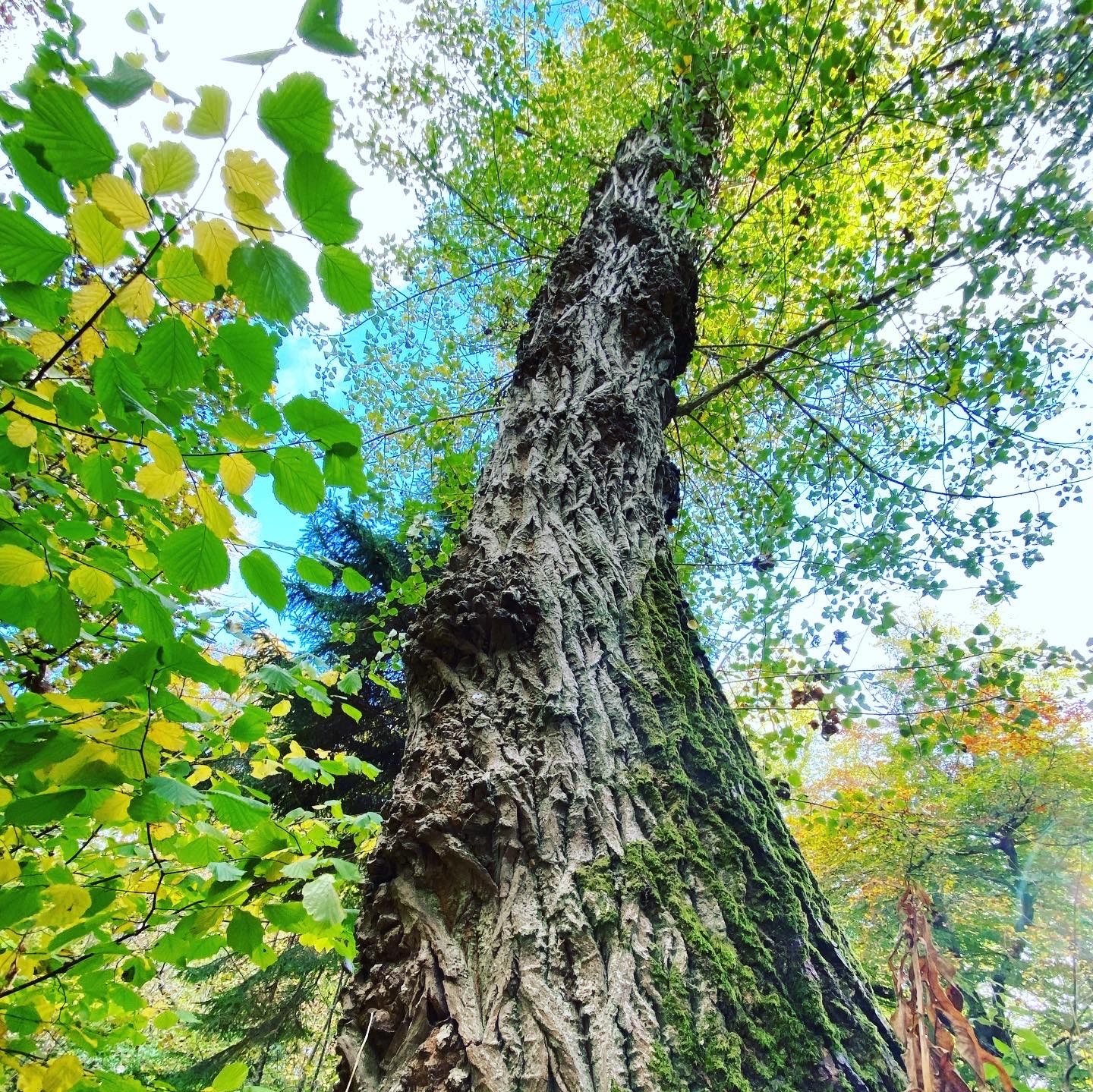

Veteran and rare trees
Ancient and veteran trees are essential habitats for a diverse range of species. Although all ancient trees are considered veterans, not all veteran trees are ancient.
In its second or mature stage of life, a veteran tree has developed key features of decaying wood: hollow trunks, holes and cavities provide shelter for wildlife; water pockets around the base of trees are a source of drinking water for many creatures; and rotting wood becomes a food source that supports complex ecosystems.
Cornerstones of our landscape, sometimes for hundreds of years, veteran trees link us to our past, provide us with a sense of place and connect us to our community and our environment.
See our 10 veteran and 81 notable trees on the Woodland Trust's Ancient Tree Inventory.
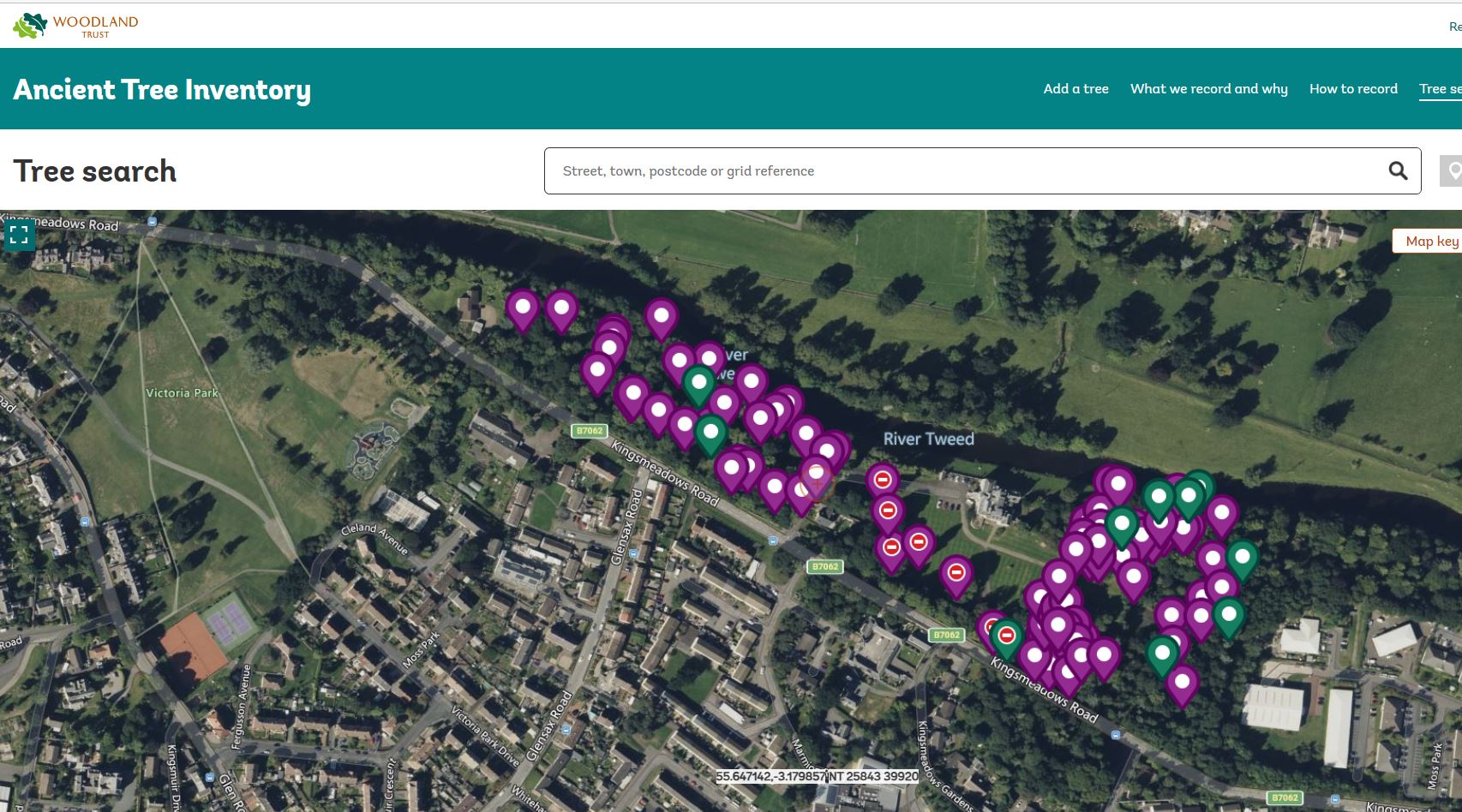

Native black poplar
Populus nigra
DNA tested and certified as a male native black poplar by the Forest Genetics Group at Roslin, this notable tree is only the second native black poplar recorded in Peeblesshire, making it perhaps Kingsmeadows’ rarest tree.
With only ~7000 left in the UK, native black poplars are one of Britain’s most endangered trees. They thrive in boggy ground and flood plains and are an important food source for the caterpillars of many moths and pollinating insects.
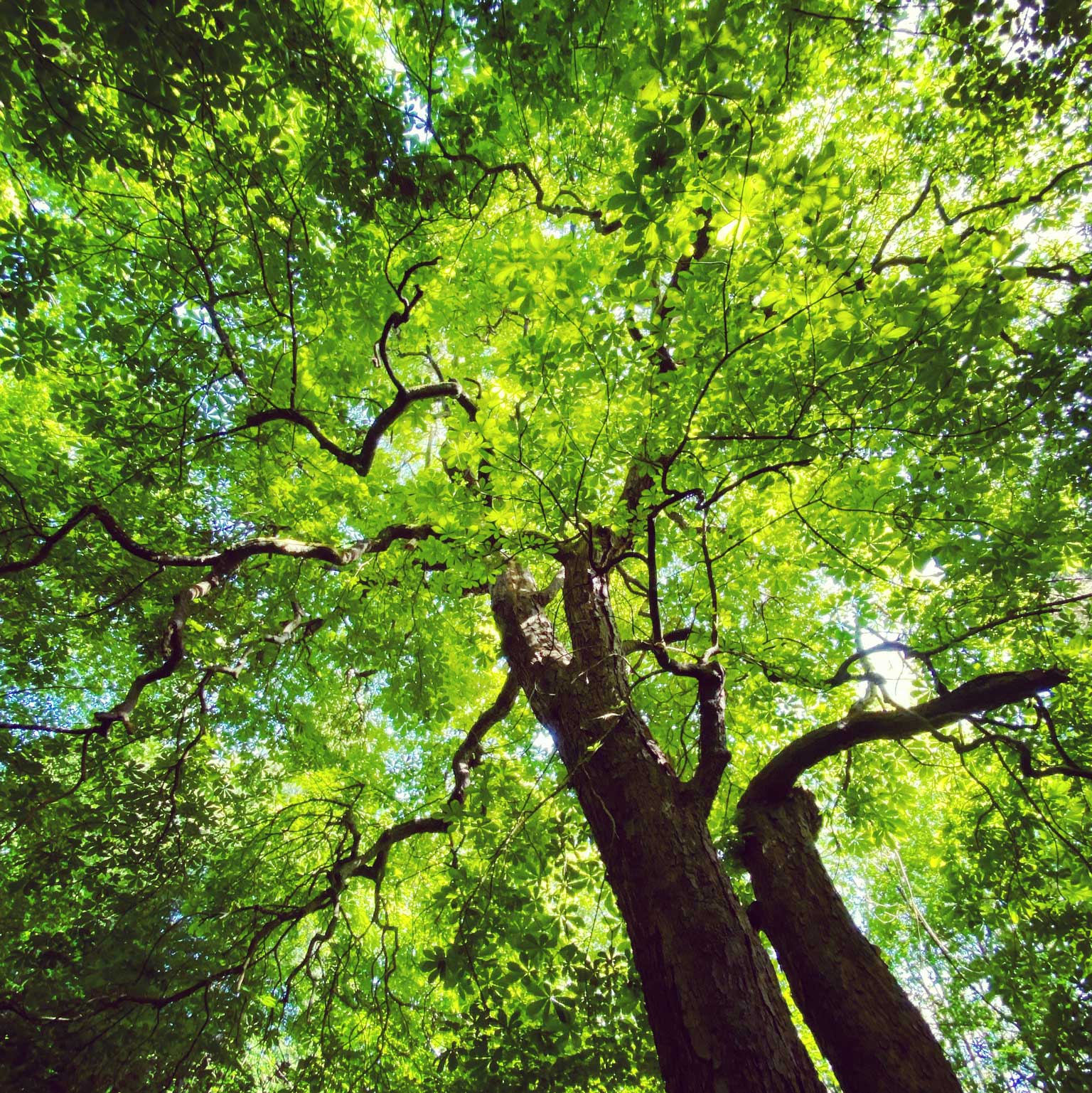
Horse Chestnut
Aesculus hippocastanum
This veteran chestnut is one of the largest and oldest trees at Kingsmeadows. A large cavity in the trunk is home to a giant fungus, and the upper part of two of its largest branches lie decaying on the ground.
Far from being a bad thing, this fallen dead wood enriches the soil beneath it, providing a vital habitat for fungi and insect life, which in turn feed animals further up the food chain.
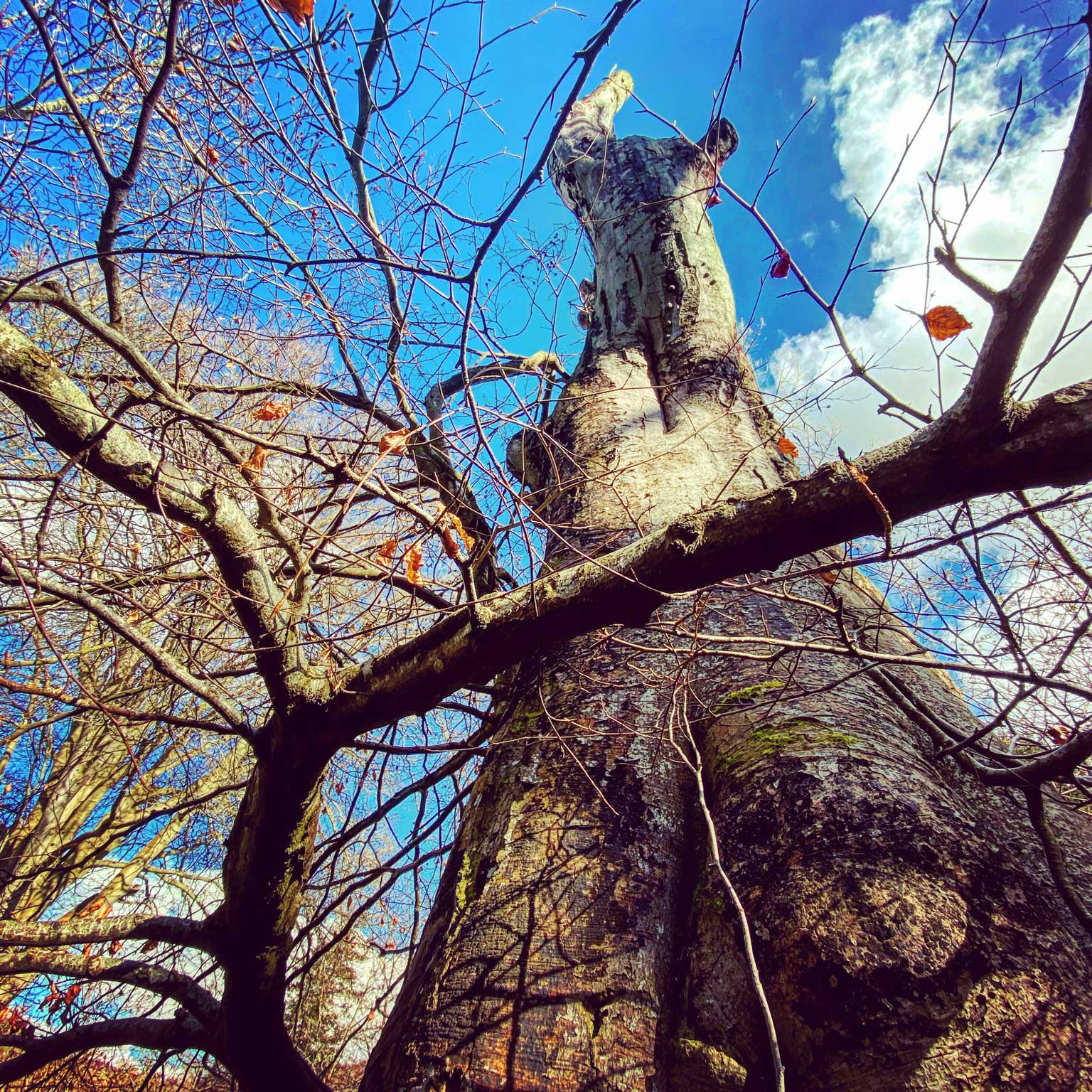
Common beech
Fagus sylvatica
With its distinctive ‘stag headed’ appearance, this large beech tree is rotting from the inside out, with a large amount of decaying wood in its crown and on the ground.
The huge hollow trunk is full of holes and cavities. Great spotted woodpeckers love to excavate nest holes in trees like this, which in time become nesting sites for bats and for many other species of woodland birds.
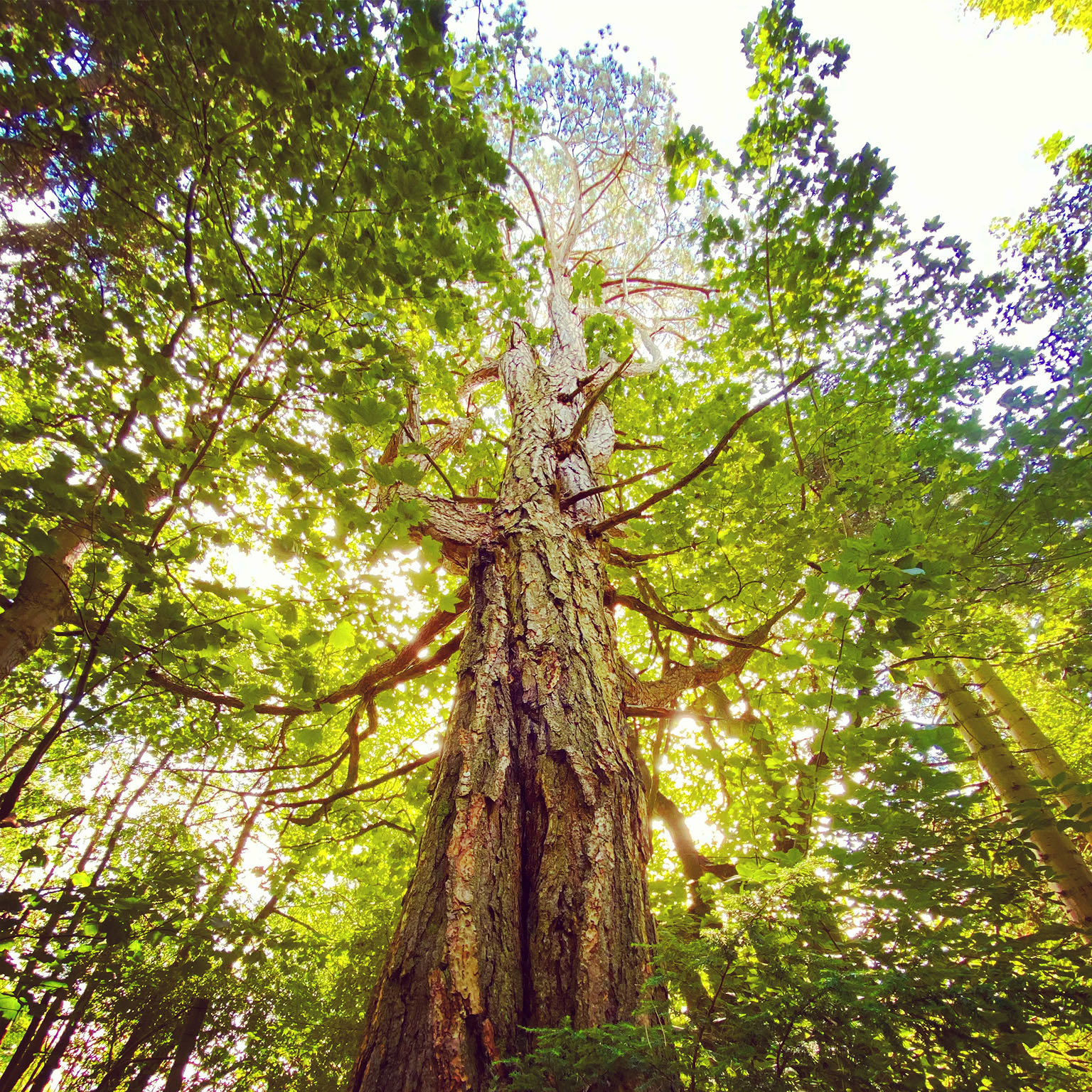
Scots pine
Pinus sylvestris
The only truly native pine species in the UK, Scots pine can live up to 700 years. There are a few mature Scots pine at Kingsmeadows. This beautiful specimen is the only veteran.
Their seeds are a preferred food for red squirrels and in southern England they are the main caterpillar foodplant for the pine hawk-moth.
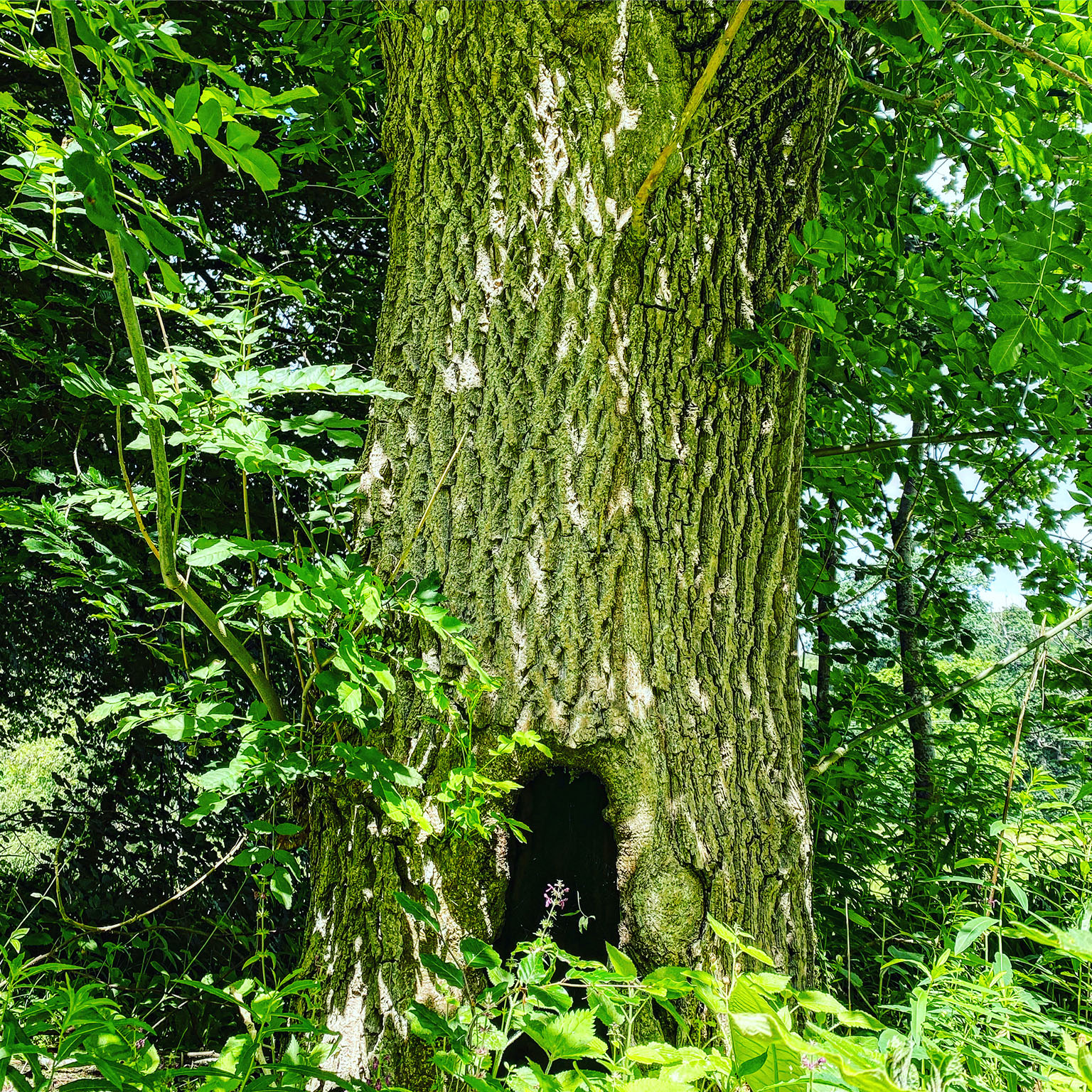
Common ash
Fraxinus excelsior
This veteran ash tree has deeply fissured bark, black buds in spring and a delicate tracery of pinnate leaves in summer. The upper trunk has broken off in the past, but the tree continues to grow giving it a distinctive pollarded appearance.
The hollow trunk has several nesting holes above head height and a deep cavity at the base that could provide shelter for larger mammals such as otters.

Common sycamore
Acer pseudoplatanus
Ancient and veteran trees are often bigger than others of their species, although size is species dependent and not always a good indication of age.
With a girth of 4.5 metres, this huge sycamore is full of holes and cavities. Like many veterans it is home to epiphytes – other species such a mosses, lichens, ferns and liverworts that colonise their trunks and branches.

Common beech
Fagus sylvatica
Like many of the common beeches at Kingsmeadows, the knarled moss-covered roots at the base of this veteran tree form water pockets and provide a source of drinking water for birds, mammals and insects.
Another large water pocket sits in the bole of the tree, where its distinctive trunk splits into two huge upper branches that show signs of decay and are starting to hollow out.
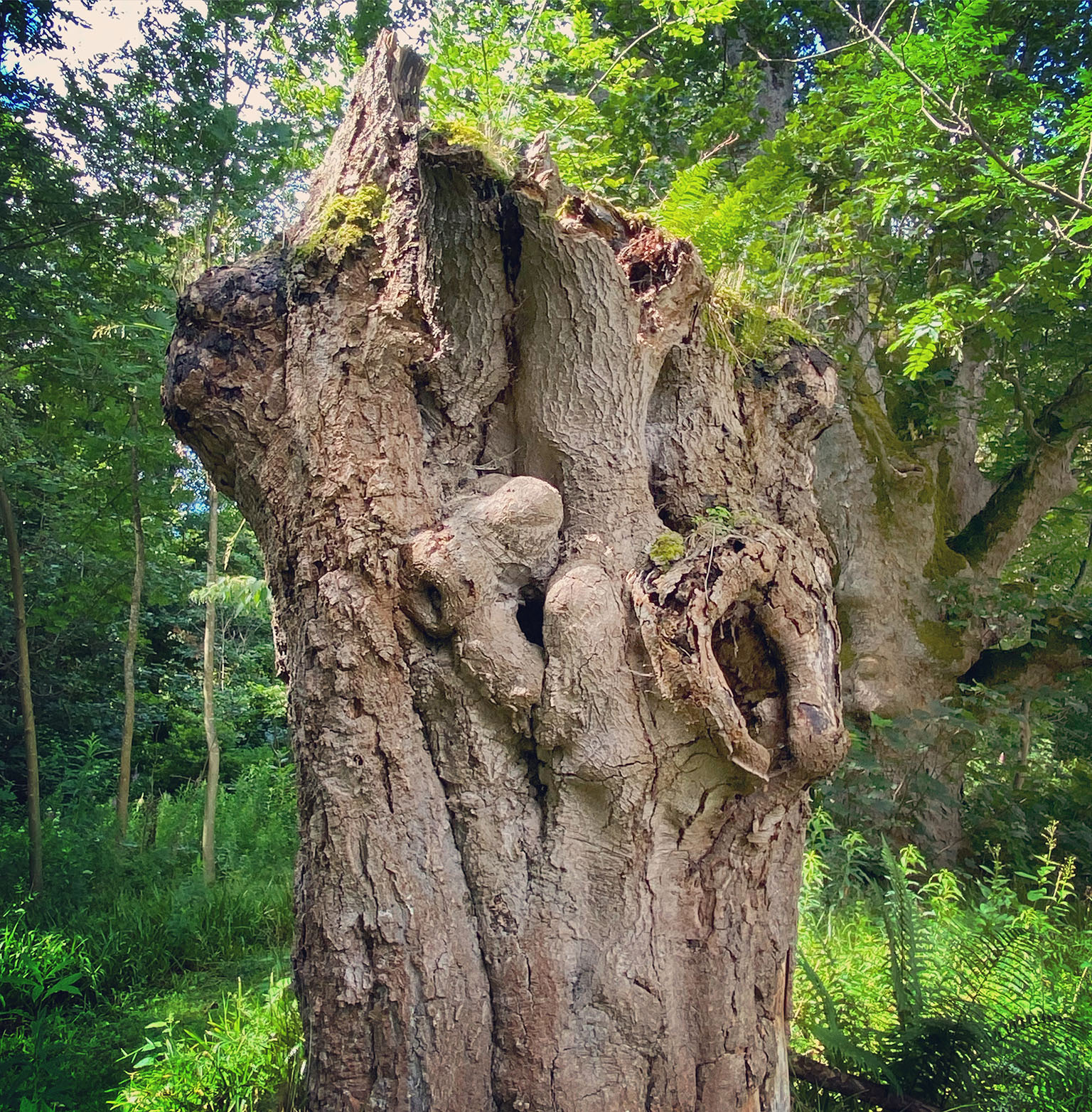
Common beech
Fagus sylvatica
With a girth of over 5 metres, this veteran beech would have been a magnificent tree when alive. As standing deadwood, it continues to provide uniquely important microhabitats.
The decaying wood is food for fungi and insects and gives shelter to developing insect larvae. In the recent past, a cavity in the bole provided a safe nest site for a mallard, and a ‘cuckoo tree’ (a small tree, in this case an ash) grows in its crown.
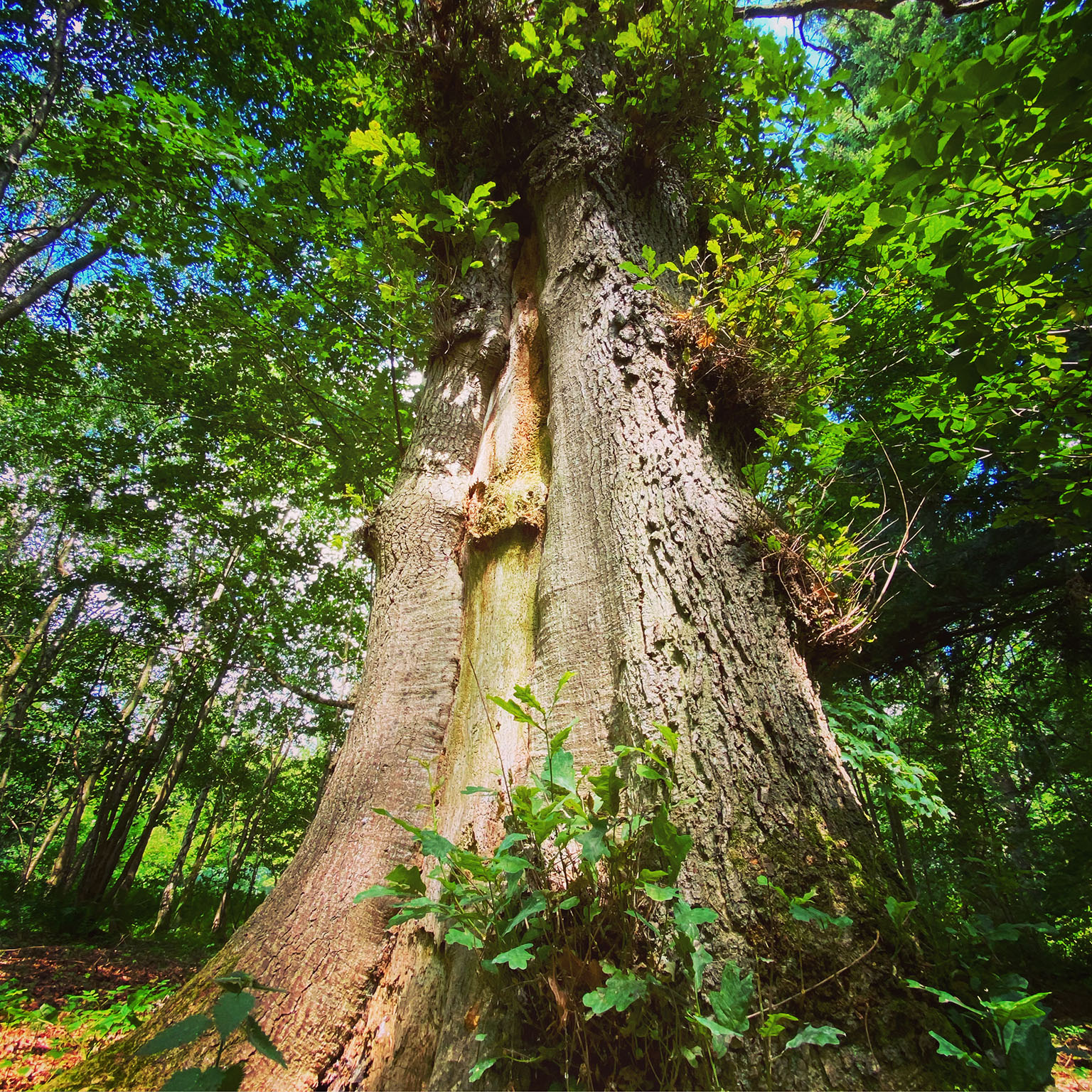
Pedunculate oak
Quercus robur
The exposed heartwood of this veteran oak is starting to rot and thousands of tiny holes shows widespread evidence of burrowing insects.
As long as the xylem and phloem – the living tissues that carry water and food and lie immediately under the bark – remain intact, veteran trees can live with active decay for many centuries.
Pedunculate oak
Quercus robur
The distinctive ‘stag-head’ crown of this veteran oak makes it easy to pick out from the line of trees along the perimeter wall of Kingsmeadows Estate.
This lovely tree is packed with veteran features that make it attractive to wildlife. Two nest holes in the upper trunk and deep fissures in the bark are clearly visible from the footpath along Kingsmeadows Road.
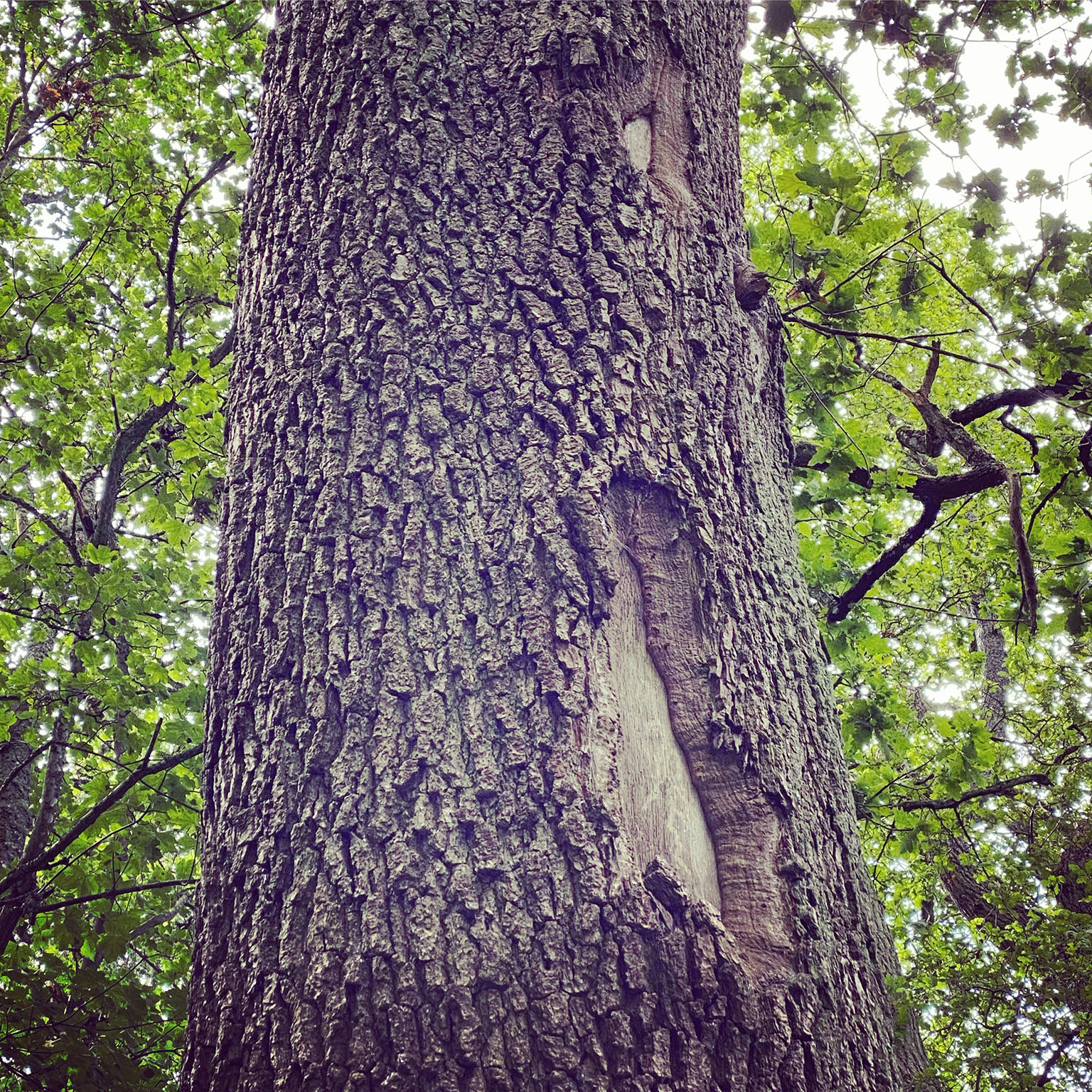
Pedunculate oak
Quercus robur
This oak is starting to develop veteran features, with exposed heartwood and small crevices behind the bark that provide safe, dry roosting sites for bats and birds.
Kingsmeadows’ three veteran oaks are young for their species. Oaks can live for over a thousand years and a single ancient tree can host an astonishing 2300+ different species of plants, fungi, birds and mammals.